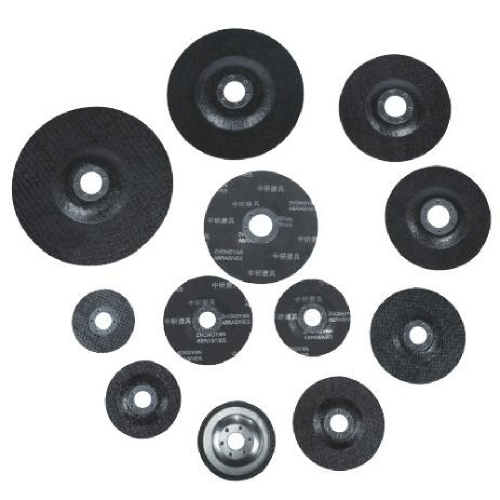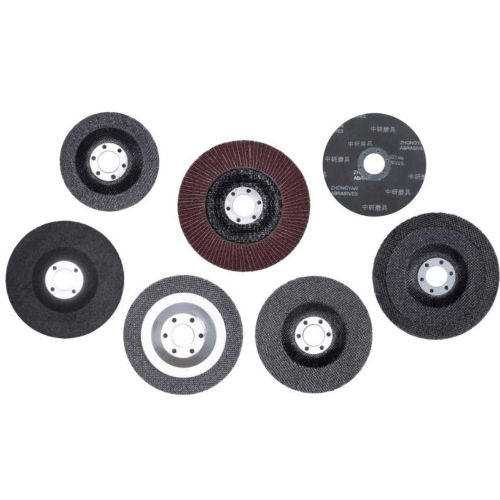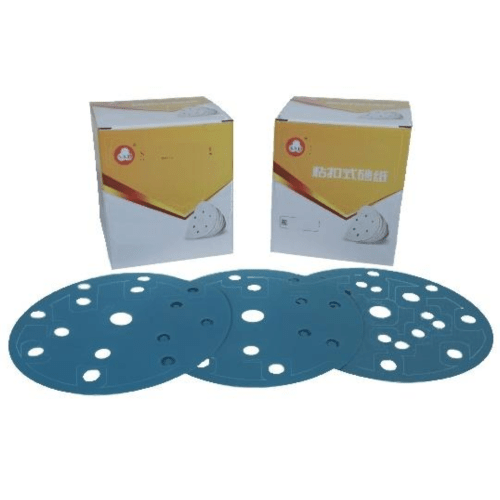wheel width
Wheel width is a critical dimensional parameter that plays a fundamental role in vehicle performance, safety, and handling characteristics. It refers to the measurement from one edge of the wheel to the other, typically measured in inches or millimeters. The width of a wheel directly influences the tire fitment, contact patch size, and overall vehicle stability. Modern wheel width specifications are designed to optimize the balance between performance requirements and vehicle dynamics, incorporating advanced materials and engineering principles to ensure optimal load distribution and handling characteristics. The width affects various aspects of vehicle operation, including cornering ability, straight-line stability, and traction in different weather conditions. Engineers carefully calculate wheel width specifications based on vehicle weight, intended use, performance requirements, and safety standards. The selection of appropriate wheel width is crucial for maintaining proper tire sidewall deflection, minimizing rolling resistance, and ensuring even tire wear patterns. This dimension also impacts aerodynamic efficiency and fuel economy, making it a crucial consideration in contemporary automotive design.


